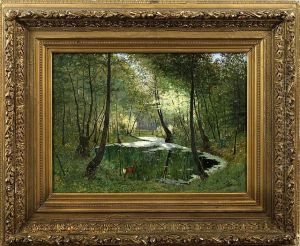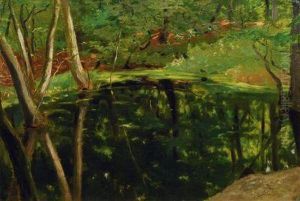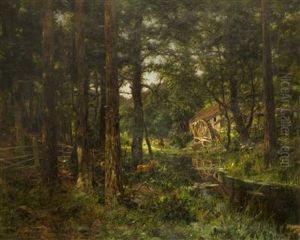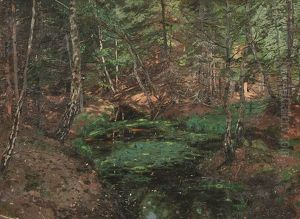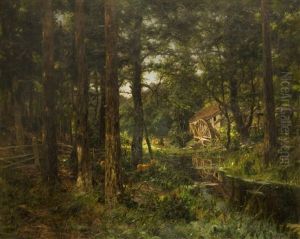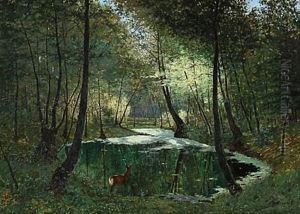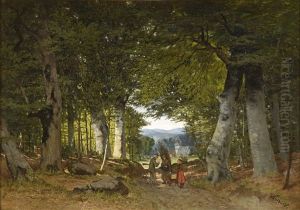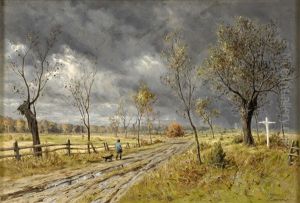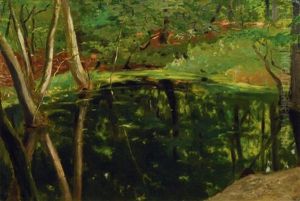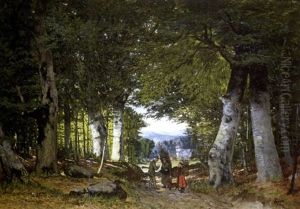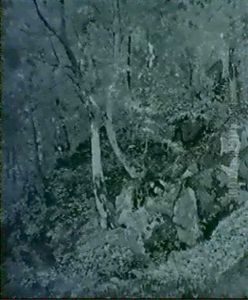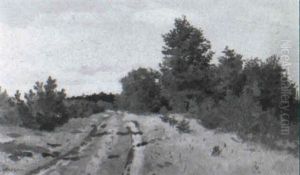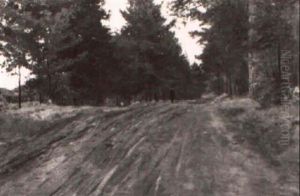Max Hoenow Paintings
Max Hoenow was a German artist, primarily known for his work in glass and stained glass design. Born in 1889 in Germany, Hoenow lived through a period of significant historical and artistic changes, experiencing the impacts of both World War I and World War II on his country and its cultural landscape. Despite these tumultuous times, he managed to carve out a niche for himself within the artistic community, particularly within the realm of applied arts.
Hoenow's work in stained glass is especially notable for its contribution to the architectural aesthetics of the time. He was part of a movement that sought to revive and innovate within the medium, which had seen a resurgence in popularity in conjunction with the broader Art Nouveau and later Art Deco movements. His designs often incorporated both traditional motifs and more contemporary stylistic elements, reflecting the changing tastes and technological advancements of the early to mid-20th century.
Throughout his career, Max Hoenow was involved in numerous projects, ranging from religious buildings to public and private commissions. His ability to blend color, light, and form in his glass work not only showcased his mastery of the medium but also his understanding of space and how his works interacted with their surroundings. Despite the challenges faced by artists during the war years and the shifting political landscape in Germany, Hoenow continued to produce works that were appreciated for their beauty and craftsmanship.
After World War II, Hoenow, like many artists of his generation, had to adapt to a new cultural and political environment. The post-war years saw a shift in artistic priorities and the emergence of new styles and movements. However, Hoenow's legacy in the field of stained glass and decorative arts remained influential. He is remembered for his contributions to the revival of glass art in Germany and his role in bridging the gap between traditional techniques and modernist aesthetic principles.
Max Hoenow passed away in 1976, leaving behind a body of work that continues to be studied and admired. His career reflects not only the evolution of stained glass art but also the broader currents of 20th-century German art history. Through his innovative designs and dedication to his craft, Hoenow played a part in shaping the visual landscape of his time and contributed to the enduring legacy of German applied arts.
